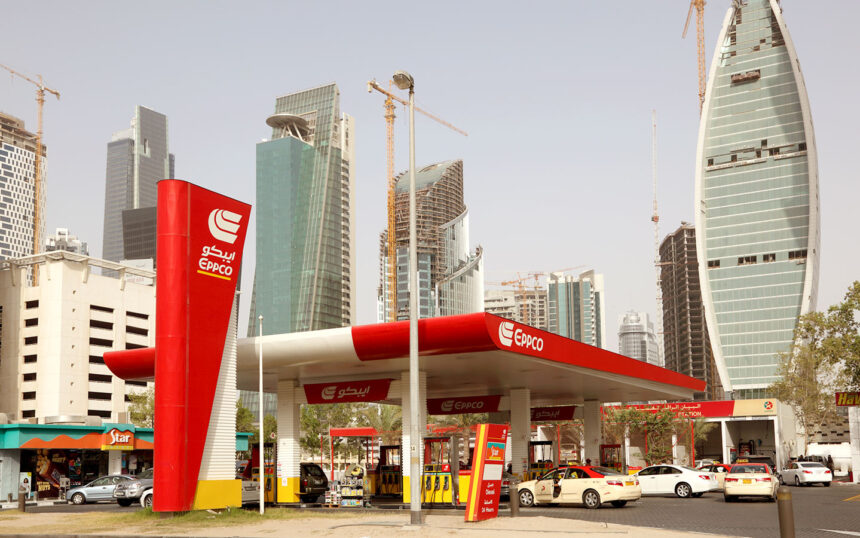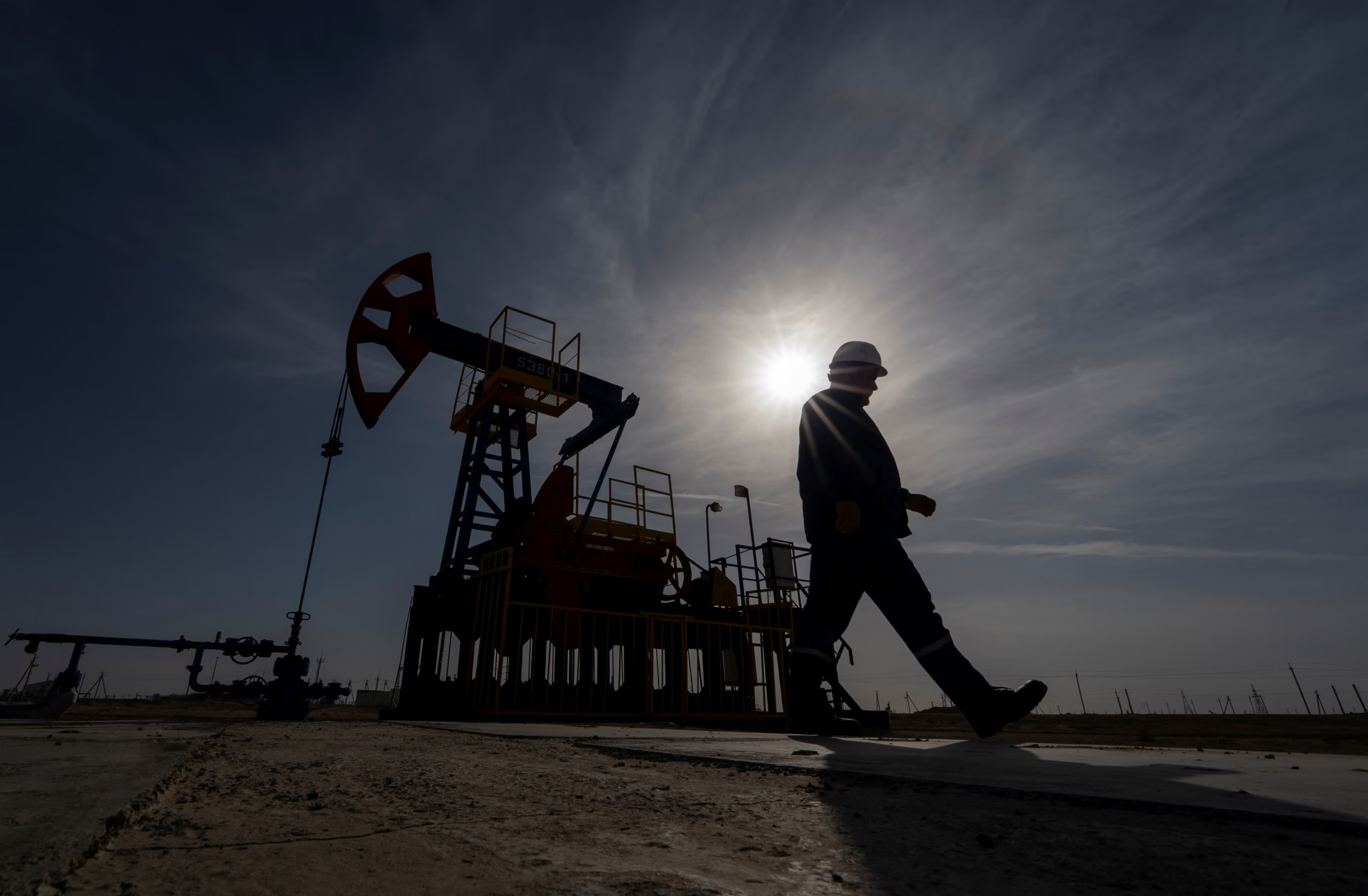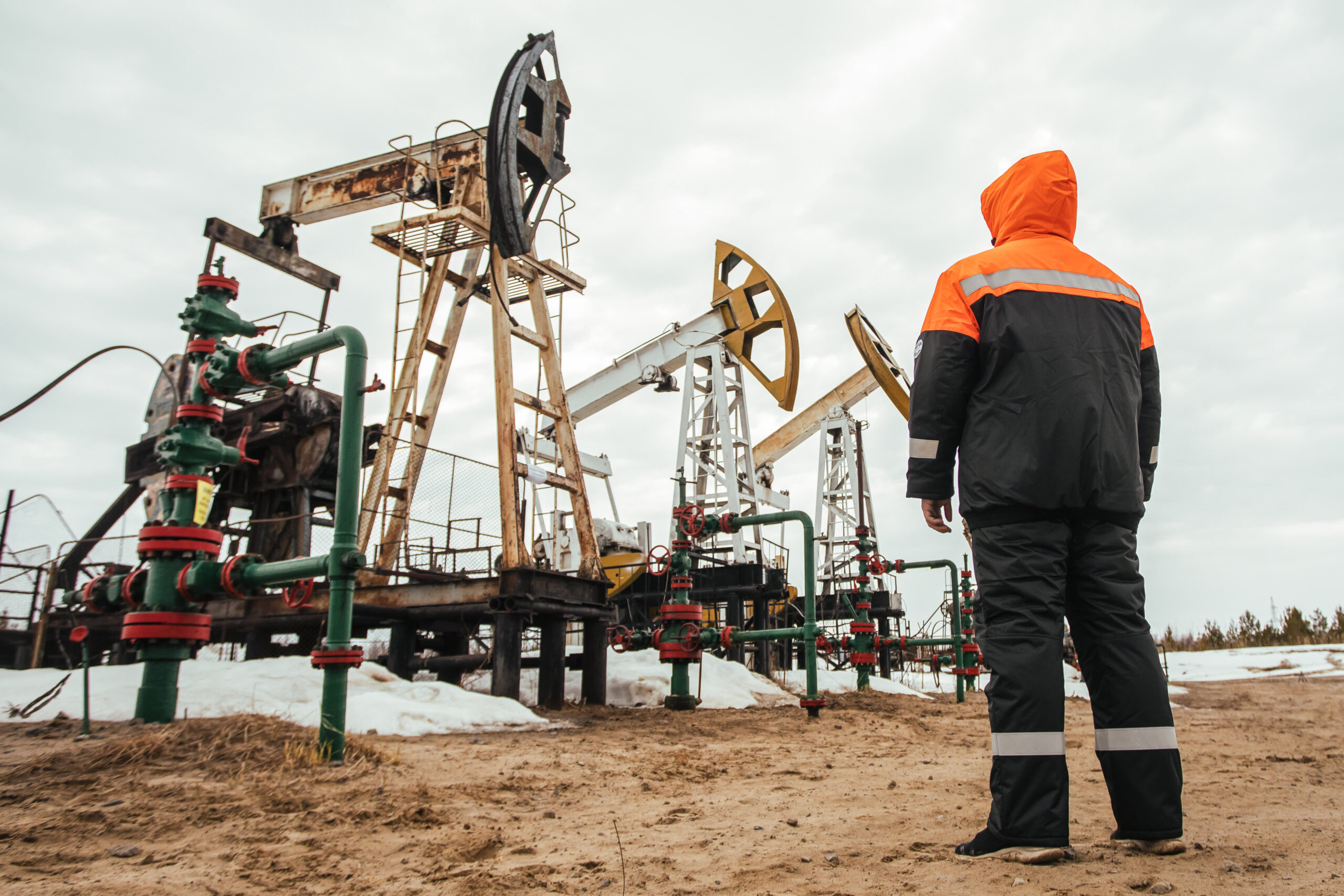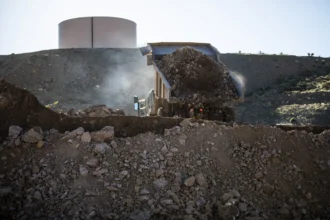Gasoline prices at the pump have continued to climb even as global oil benchmark prices have trended downward, puzzling consumers and analysts alike. This divergence highlights the complex factors influencing fuel costs beyond crude oil prices alone.
While Brent and WTI crude futures have softened due to concerns over slowing demand and ample supply, gasoline markets are grappling with tighter refining capacity, seasonal demand increases, and regional supply disruptions. Maintenance shutdowns at key refineries and logistical bottlenecks have constrained gasoline output, pushing wholesale prices higher.
Additionally, rising costs for transportation, regulatory fees, and taxes in many markets contribute to the disconnect between crude oil and gasoline prices. Local supply-demand imbalances, particularly in major consuming regions, have further fueled pump price increases.
Market experts caution that gasoline prices may remain elevated in the near term despite lower crude prices, especially as summer driving season and refinery turnarounds put upward pressure on supplies. Consumers are advised to monitor local market conditions, as regional factors often drive gasoline price swings more than crude oil benchmarks.














